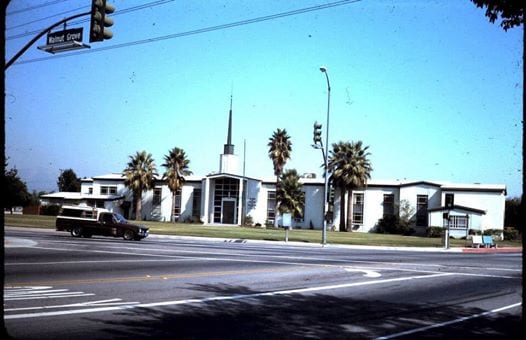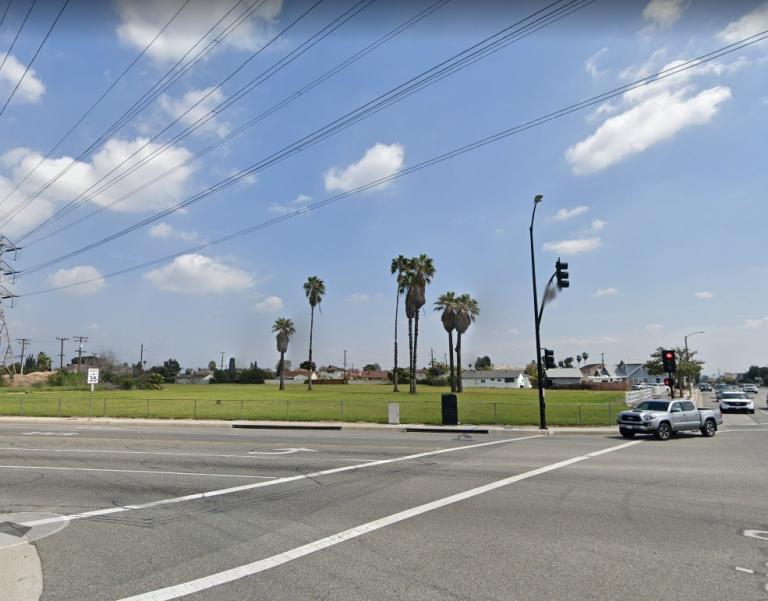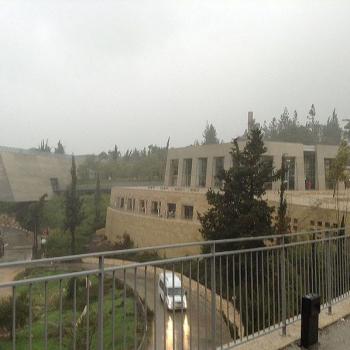
The Sabbath seems, especially when one is effectively under house arrest, an appropriate day to do personal and family history, and, candidly, I’ve been prompted quite a bit over the past two years or so to get serious about genealogy. Here, though, is a short sketch of something that came to my mind this morning:
My father grew up on a farm outside of the mighty metropolis of Garske, North Dakota. His father had been born in Denmark and then brought over to the United States as a baby. His mother was definitely born on the Kjøsnesfjord, a long bay of Lake Jølster, in Norway. She came to America when she was about twenty-two years old.
In some regards, at least, my grandmother appears to have been a strict Lutheran. For one thing, she taught her children that swearing would send one directly to Hell.
When my father became a teenager, this put him in a dilemma that he related to me many years later. It brought home to him in a powerfully acute and personal way the problem of divine justice:
Living on a farm, he was obliged to milk cows. He hated milking cows. And even when he was older, his father would always tell him “You can stay out as late as you like, but the cows have to be milked at 4 AM.”
Worse, though, was how irritating cows could be. While you were milking them, they would be continually hitting you in the face with their indescribably filthy tails. And just when you had filled the milk pail, they would kick it over, or stick their indescribably filthy hooves in the milk.
He was convinced that it was impossible to milk cows without swearing. It was the only language that they understood.
But it simply wasn’t fair. He had city cousins who never had to milk cows. Their chances of going to heaven, accordingly, were reasonably good. But he had been born on a farm. Ergo, he had to milk cows. Ergo, he would unavoidably be damned. But where was God’s justice in this?
Okay. That’s background for the autobiographical fragment that follows:
I grew up in southern California. While I was a child and into my early teens, my mother was a marginal though occasionally communicant Latter-day Saint who had been raised in a fairly marginal and economically downscale family in St. George, Utah. My father was still a (non-communicant) Lutheran. (I baptized him a member of the Church of Jesus Christ of Latter-day Saints on the night that I was set apart as a missionary.) He and my uncle owned a small construction company, for which a maternal uncle and a paternal uncle also worked. (My other uncles were in farming, trucking, and construction.) I grew up, to a significant degree, surrounded by construction people and mechanics. So, to put it mildly, salty language was endemic to my childhood environment.
By the time I was born, my paternal grandfather had died, and my grandmother had moved from chilly North Dakota down to southern California, where all but one of her six children had previously moved. (The Los Angeles area had really begun to boom during and right after the Second World War.)

One evening — so I’m told — my parents were driving with my grandmother, and we passed by the Latter-day Saint chapel where my mother occasionally took me to church services. This has to have been prior to 1958, which is the year that both of my grandmothers died. I was very, very young. I’ve always understood that the chapel in question was the one that I attended as a child and from which I would eventually leave on my mission to Switzerland. I can’t confirm that, but it seems reasonable; the chapel had certain architectural design features that were reminiscent of the Los Angeles California Temple, which was dedicated in 1955.
I was sitting on my grandmother’s lap and, as we passed the church, I apparently said “Jesus Christ! Jesus Christ!”
“Danny!” my grandmother exclaimed in horror. “What are you saying?”
“Jesus Christ!” I responded. “That’s what the man in there said. And he was really mad!”
My Lutheran grandmother was, I believe, not a particular fan of the Latter-day Saints. And I doubt that her grandson’s outburst while sitting on her lap did much to improve our reputation with her.












